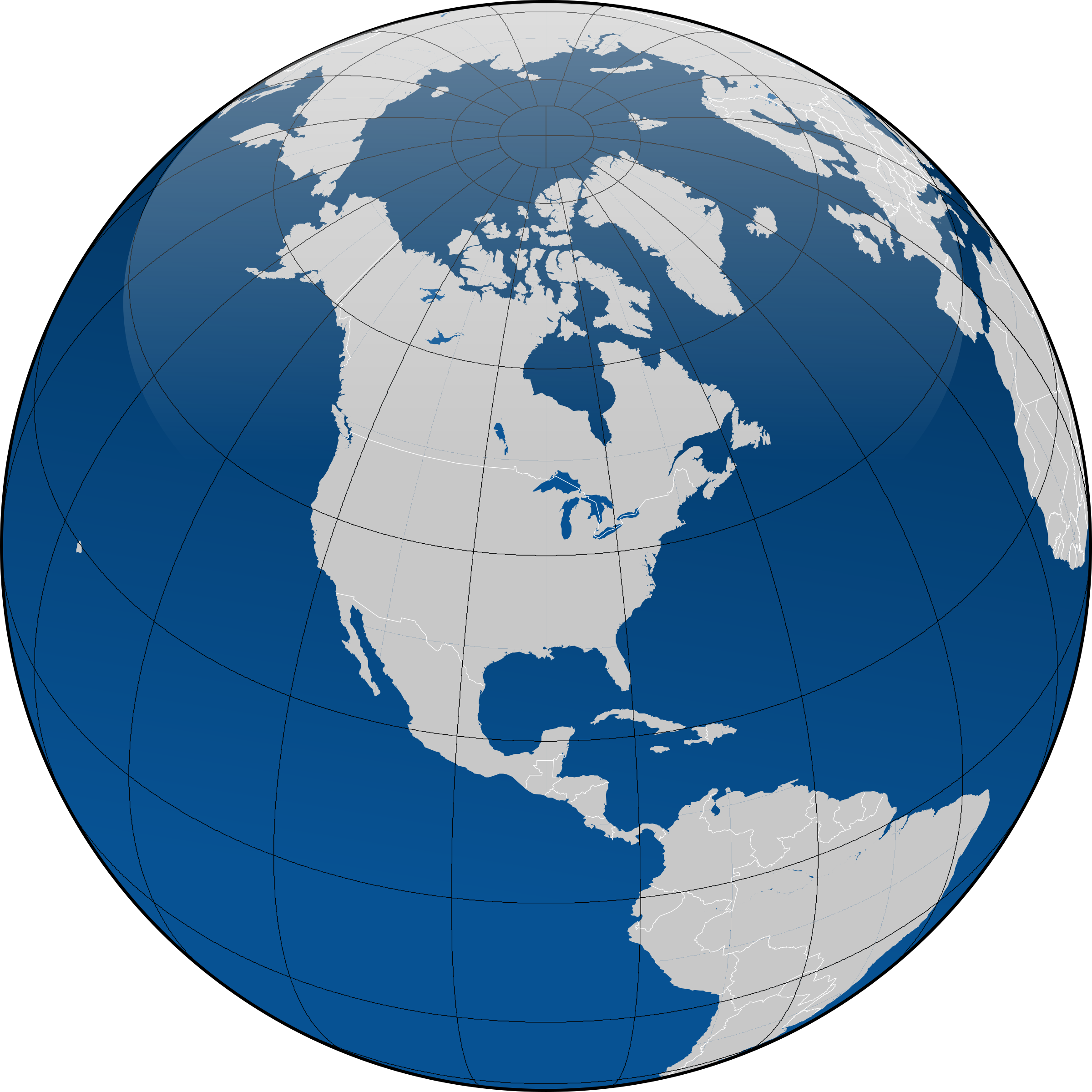Our final test of the grading period will be this Wednesday. It will cover rock types, how they are formed, examples of each type and the rock cycle. The study guide went home last week. Click on the link below for a copy. Be sure to use http://www.quizlet.com to study for the vocabulary portion of the test.
Conferences November 3rd and 10th
Conference forms went home for the November conferences last week. If you would like to schedule a conference for these nights, please send in your conference form as soon as possible or just write me a note letting me know what date or time works well for you as well as what teacher(s) you would like to meet with. Looking forward to seeing you soon!
Geographic Tools Test Thursday 10/13
There will be an assessment over Geographic Tools on Thursday, October 13th. You will need to study the terms below as well as study your Social Studies book pages 90-93 and be sure you can find an absolute location using latitude and longitude. (Click on the link for the full study guide.
- absolute location -The exact position of an object or place, measured within the spatial coordinates of a grid system.
- coordinates -The latitude and longitude address of a place on a map
- eastern hemisphere -Includes the half of the earth that is east of the Prime Meridian (including Africa, Europe and Asia)
- equator -most important line of latitude -0 degrees -Divides Northern and Southern Hemisphere
- globe -3 dimensional map of earth’s surface
- GPS -Global Positioning System -Uses satellite to provide location and information
- grid -The pattern of lines circling the globe in east-west and north-south directions
- latitude -Distance north or south of the equator
- longitude -Distance east or west of the prime meridian, measured in degrees
- northern hemisphere -Includes the half of the earth that is north of the equator
- Prime Meridian -most important line of longitude -0 degrees -Divides eastern and western hemisphere
- relative location -The position of a place in relation to another place
- southern hemisphere -Includes the half of the earth that is south of the equator
14. western hemisphere -Includes the half of the earth that is west of the Prime Meridian (including North and South America)
Autobiographical Maps
Map skills and creativity abound in our sixth grade maps. The student shared so much about themselves while creating maps complete with landforms, map keys and symbols that represent themselves. We are taking our learning even further by adding lines of latitude and longitude which will be used to create a treasure hunt game. Fun times in sixth grade!
Geographic Terms Test Review




There will be a test next week over the geographic terms below as well as the basics of identifying hemispheres, locating absolute locations on a map using longitude and latitude and basic map skills. The terms are as follows:
1. absolute location -The exact position of an object or place, measured within the spatial coordinates of a grid system.
2. coordinates -The latitude and longitude address of a place on a map
3. eastern hemisphere -Includes the half of the earth that is east of the Prime Meridian (including Africa, Europe and Asia)
4. equator -most important line of latitude -0 degrees -Divides Northern and Southern Hemisphere
5. globe -3 dimensional map of earth’s surface
6. GPS -Global Positioning System -Uses satellite to provide location and information
7. grid -The pattern of lines circling the globe in east-west and north-south directions
8. latitude -Distance north or south of the equator
9. longitude -Distance east or west of the prime meridian, measured in degrees
10. northern hemisphere -Includes the half of the earth that is north of the equator
11. Prime Meridian -most important line of longitude -0 degrees -Divides eastern and western hemisphere
12. relative location -The position of a place in relation to another place
13. southern hemisphere -Includes the half of the earth that is south of the equator
14. western hemisphere -Includes the half of the earth that is west of the Prime Meridian (including North and South America)
You Sank My Battleship!
Basics of Rocks Site
If you want to find out the fundamentals of rocks, this is a great site with a quick overview of metamorphic, sedimentary and igneous rocks. It describes how they are formed and gives information about their characteristics and properties. Give it a look!










